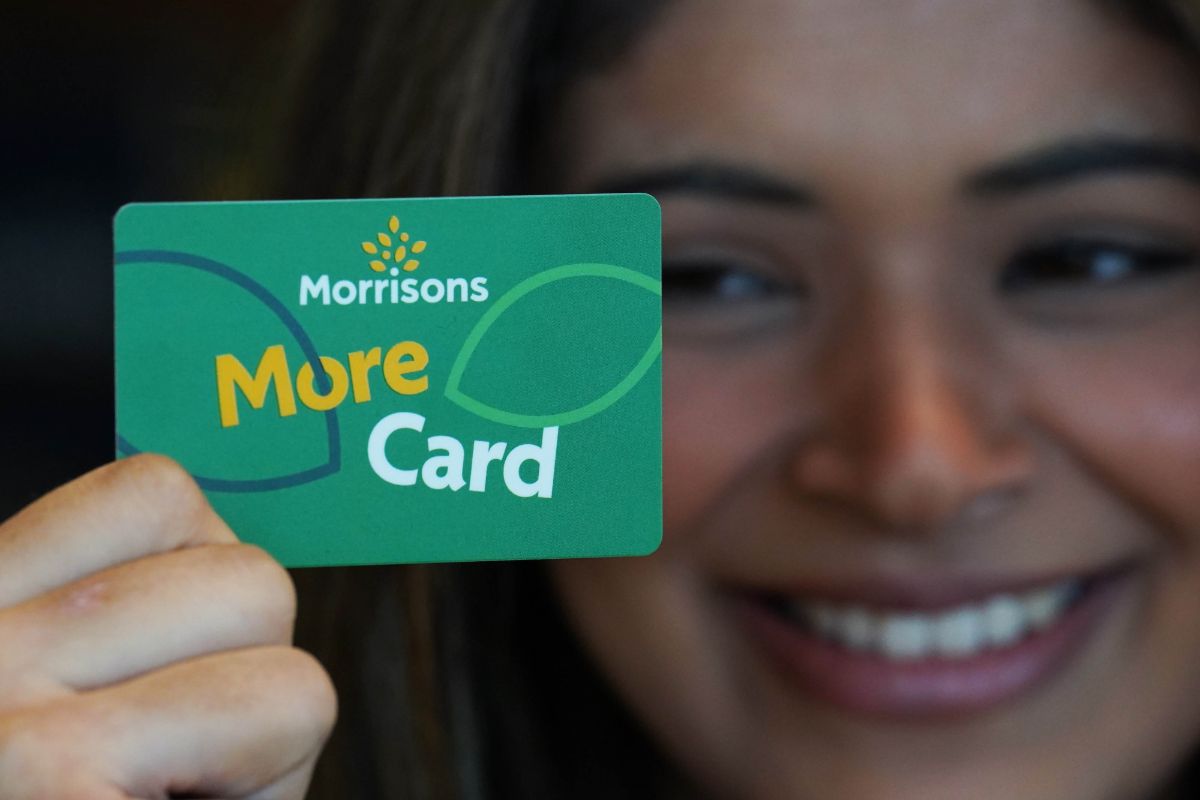Tesco is one of the largest retailers in the world, with operations in twelve countries and over 3,500 stores in the UK alone. Will the biggest supermarket chain in the UK have a website that reflects its considerable commercial savvy?
First impressions
On the home page, each heading in the top level navigation showcases a different menu of links and a moderately appealing image with clear call to action. This page is functional but not compelling, but I am here to shop for food, not browse for inspiration.
Image: Left hand menus and images make it clear what users can find in each section of the website.
Landing pages and navigation
I focus on food.
The look of the top menu in the Groceries section is dated, and needing to click to expand the options makes the site feel slow and clunky.
Image: The ‘Home & Ents’ category is very broad.
Some category and subcategory labels are confusing. ‘Home & Ents’ includes cookware and DVDs, but also stockings and de-icing salt. Finding peanut butter requires going into food cupboard > jams, sweet & savoury spreads, and then guessing at whether it is classed as savoury or sweet. More descriptive category labelling (e.g., ‘peanut butter & sweet spreads’) would make items easier to find.
Search
Fortunately for those stymied by category names, the search functionality is fantastic.
There is a prominent search bar at the top of each page in the Groceries section. When I type in ‘peant buter’, relevant search results for the correct spelling of peanut butter come up instead. This useful feature can save customers with low literacy or poor typing skills a lot of grief.
Image: Tesco’s website features flexible search as well as delicately offered spelling corrections.
A link prompts me to ‘search with a list of items’, so I do. On the results page, I can click on each item in turn to see the corresponding results. I really appreciate that a single search gives me everything I need.
Image: Shopping list search returns results for multiple items at once.
Filtering options are extensive, but again, the categories are not always clear. I want to find a loaf of sliced brown bread, but none of the options matches, and because I can only filter by one option at a time it takes me a frustrating amount of time to figure that out. I can easily edit my search terms, so I look for ‘brown bread’ this time and get more relevant results.
Product pages
The product pages in the grocery section present basic information about nutrition and ingredients. The ability to zoom in on product images is nice, as it lets me read product labels directly. Multiple views and angles would make that feature even more useful.
Image: Informative, but basic, presentation of product details.
Checkout
I cannot even add an item to my basket without first creating an account.
Image: I need to create an account so you can check if you have any peanut butter?
Telling me that I need to register to see if items are available in my area seems disingenuous (surely entering a postcode would accomplish the same thing?) and reduces trust. Requiring account creation for a dubious reason at this early stage is off-putting, and makes me reluctant to continue.
However, the registration process proves to be long but not difficult, and the checkout process is straightforward. And it is easier than actually going to the supermarket.
Image: The first step of the registration process is not very demanding. The second step is a bit more involved.
All Tesco has to offer…
Unfortunately, I can only order groceries through this checkout process. Each section of the site requires a different account, which means that Tesco is missing out on the chance to tempt me into adding some cheap clothing items to my basket.
Image: While this warning on the F&F Clothing checkout page is appreciated, a single account would be even better.
Each section also has a distinct look, feel, and functionality; for example, F&F Clothing requires hovering instead of clicking to bring up mega menu items. These differences mean that there is no consistent online experience for this brand, so a loyal Tesco shopper has to learn to use the same site multiple times.
Accessibility
Tabbing through content brings up priority links first: search, main content, then basket. Choosing ‘main content’ moves the page down to the product description for screen readers, but the focus remains at the top, so keyboard users must still tab through all of the top level links to reach the ‘add’ button for items.
Registered users can set viewing options, disabling features such as hover-over boxes that might pose barriers to use.
Image: Being able to select viewing options is a nice feature for users of assistive technologies or with visual impairments.
Ratings
Navigation and IA – 3/5
Persuasion and Trust – 2/5
Product Page & Merchandising – 4/5
Checkout / Bookings – 3.5/5
Accessibility – 4/5
Overall –16.5/25
Bio
Jessica Cameron is a User Experience Consultant with User Vision in Edinburgh. Prior to joining User Vision, she was responsible for user testing around the launch of the City of Edinburgh Council’s digital first strategy and responsive website.
Jessica has a PhD in Social Psychology from Stanford University, and likes to use a variety of research techniques to investigate how people understand information and make decisions.





